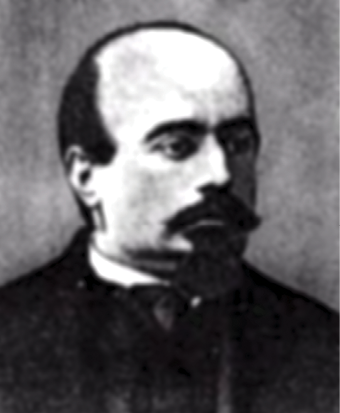The reductionist approach to study of life forms resulted in increasing use of physico-chemical concepts and techniques. Majority of these studies employed either surviving tissue model or straightaway cell-free systems. An explosion of knowledge resulted in molecular biology. Molecular physiology became almost synonymous with biochemistry and biophysics. However, it is now being increasingly realised that neither a purely organismic approach nor a purely reductionistic molecular approach would reveal the truth about biological processes or living phenomena. Systems biology makes us believe that all living phenomena are emergent properties due to interaction among components of the system under study. Regulatory network of molecules, supra molecular assemblies, cells, tissues, organisms and indeed, populations and communities, each create emergent properties. In the chapters under this unit, major human physiological processes like digestion, exchange of gases, blood circulation, locomotion and movement are described in cellular and molecular terms. The last two chapters point to the coordination and regulation of body events at the organismic level.
Digestion and Absorption
Breathing and Exchange of Gases
Body Fluids and Circulation
Excretory Products and their Elimination
Locomotion and Movement
Neural Control and Coordination
Chemical Coordination and Integration

Alfonso Corti, Italian anatomist, was born in 1822. Corti began his scientific career studying the cardiovascular systems of reptiles. Later, he turned his attention to the mammalian auditory system. In 1851, he published a paper describing a structure located on the basilar membrane of the cochlea containing hair cells that convert sound vibrations into nerve impulses, the organ of Corti. He died in the year 1888.
Food is one of the basic requirements of all living organisms. The major components of our food are carbohydrates, proteins and fats. Vitamins and minerals are also required in small quantities. Food provides energy and organic materials for growth and repair of tissues. The water we take in, plays an important role in metabolic processes and also prevents dehydration of the body. Biomacromolecules in food cannot be utilised by our body in their original form. They have to be broken down and converted into simple substances in the digestive system. This process of conversion of complex food substances to simple absorbable forms is called digestion and is carried out by our digestive system by mechanical and biochemical methods. General organisation of the human digestive system is shown in Figure 16.1.